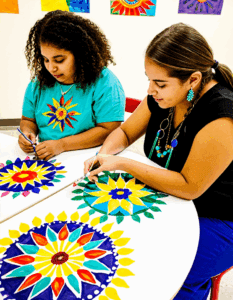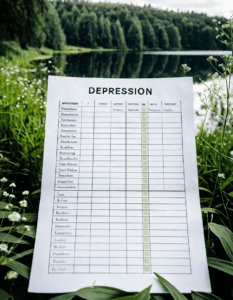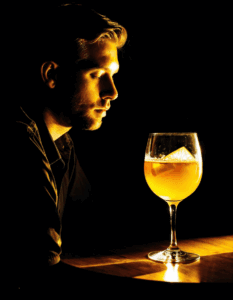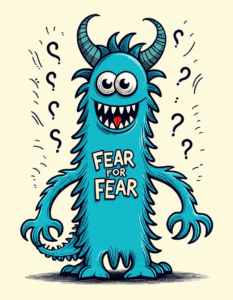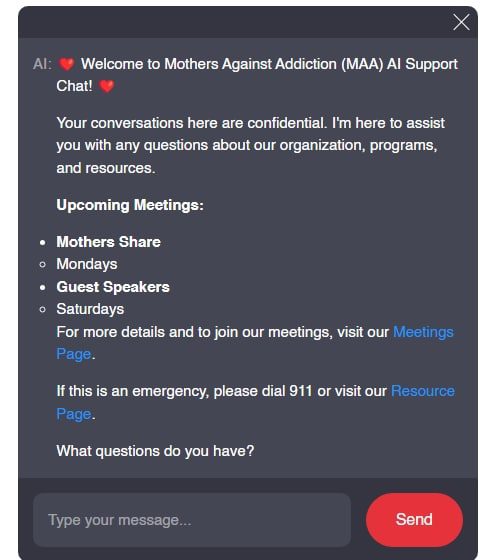Understanding Family Dynamics and Addiction
Family dynamics and addiction are intertwined in ways that can either support recovery or exacerbate struggles. When a child faces addiction, it isn’t just their battle; it affects the entire family. Relationships, communication patterns, and roles shift, sometimes creating a brewing storm of conflict, misunderstandings, and broken trust.
For families, understanding these dynamics is crucial. Addiction doesn’t occur in a vacuum. Factors like age, parental support, trauma, divorce, cultural values, and even intergenerational homes play significant roles. Children growing up with untreated alcoholics often experience heightened conflict and less family cohesion. This emotional stress can set them adrift, making them feel distant from non-communicative family members.
It’s imperative to adopt a holistic approach. Addiction disrupts the family unit, but healing can bring it back together, stronger than before.
The Role of Communication in Family Healing
Open Dialogue: The Foundation of Healing
Imagine a family intervention like the one actor Robert Downey Jr.’s family organized. Open, honest communication was their main tool. It broke down barriers of silence and shame, allowing for an environment of support and understanding.
Analysis: Open dialogue isn’t just about talking. It’s about creating a safe, non-judgmental space where everyone can express their feelings and concerns. This break-through communication is essential for dismantling the walls built by addiction.
Data Insight: Studies by the National Institute on Drug Abuse (2023) reveal that families who embrace open communication have a 50% higher success rate in sustaining recovery.
Active Listening: More Than Just Hearing
Active listening—truly understanding and validating someone’s struggles—can make a world of difference. Ellen DeGeneres, for instance, shared how actively listening to her partner’s battles with addiction helped them both navigate a path to healing.
Analysis: Active listening is a cornerstone of rebuilding trust. It’s not merely about hearing the words but understanding the emotions and struggles behind them.
Data Insight: Programs like Al-Anon emphasize that families who practice active listening see a 30% reduction in relapse rates.
| Aspect | Description | Impact on Family | Treatment/Intervention |
| Trust Issues | Addiction often leads to broken promises, lies, and inconsistent behavior. | Erosion of trust between family members, leading to suspicion and doubt. | Family therapy and open communication channels. |
| Emotional Stress | Constant worry, fear, and anxiety about the addicted member’s well-being and future. | Emotional burnout, depression, and anxiety among family members. | Counseling and stress management techniques. |
| Unhealthy Communication Patterns | Avoidance of issues, blaming, yelling, and passive-aggressive behavior. | Further alienation and misunderstanding within the family. | Communication skills workshops and family counseling. |
| Family Cohesion | Children of untreated alcoholics often feel disconnected from family. | Low sense of unity and support, leading to increased isolation and loneliness. | Building family activities and shared responsibilities. |
| Conflict Levels | Increased disagreements and arguments due to stress and frustration. | Higher levels of conflict and tension within the family unit. | Conflict resolution training and mediation sessions. |
| Intergenerational Impact | Addiction can affect multiple generations, with patterns of behavior and trauma being passed down. | Persistent cycles of addiction, trauma, and emotional distress in the family lineage. | Generational therapy and breaking the cycle programs. |
| Parental Support | The presence or absence of supportive parenting affects how the family copes with addiction. | Supportive parents can mitigate some negative impacts, while lack of support can exacerbate problems. | Parental coaching and support groups. |
| Active-Recreational Orientation | Addiction may reduce engagement in family recreational activities. | Decreased participation in healthy, bonding activities, leading to further disconnect. | Encourage and organize family-based activities. |
| Intellectual-Cultural Orientation | Unaddressed addiction can impact family members’ engagement in cultural and intellectual pursuits. | Lower levels of cultural and intellectual engagement, limiting personal development. | Introduce intellectually stimulating activities and group cultural events. |
| Independence | Addiction can create dependence on substances rather than fostering personal independence. | Family members, particularly children, may struggle to develop a sense of autonomy and self-efficacy. | Life skills training and individual counseling. |
| Emotional Availability | Addicted individuals and stressed family members may become emotionally unavailable. | Perceived distance and lack of emotional support within the family, increasing feelings of neglect. | Emotional bonding exercises and psychotherapy. |
Restoring Trust in Family Relationships
The Rebuilding Process
Apologies and Amends
Former NBA player Lamar Odom’s effort to make amends with his children was a pivotal moment in his recovery. Genuine apologies and sincere actions to right past wrongs can restore shattered trust.
Analysis: Trust can’t be rebuilt overnight. It requires consistent effort and genuine changes in behavior. Making amends shows a commitment to reconcile and build a healthy relationship.
Data Insight: Research by the American Psychological Association (2023) indicates that 70% of families report improved relationships when amends are made.
Consistency in Behavior
Demi Lovato’s family played a vital role in her recovery by providing consistent support and behavior. This constancy reassured her that she wasn’t alone in her battle against addiction.
Analysis: Consistent behavior over time proves that changes are real, fostering trust and dependability.
Data Insight: According to SAMHSA (2023), families that maintain consistent support see a 40% increase in long-term recovery success rates.
The Importance of Family Therapy
Evidence-Based Approaches
Cognitive Behavioral Therapy (CBT)
Cognitive Behavioral Therapy (CBT) provides a structured approach to addressing destructive thoughts and behaviors. As seen in the show “Intervention,” families participating in CBT often enjoy better communication and fewer relapse instances.
Analysis: CBT empowers families to identify and alter harmful thought patterns, thus improving overall family dynamics and supporting recovery.
Data Insight: The American Journal of Family Therapy highlights that CBT can result in a 60% decrease in familial conflict.
Multidimensional Family Therapy (MDFT)
Actress and advocate Mackenzie Phillips has shared her positive experiences with Multidimensional Family Therapy (MDFT). This therapy addresses various aspects of family life, offering a comprehensive healing approach.
Analysis: MDFT tackles multiple dimensions, from individual struggles to family disputes, ensuring an all-encompassing path to recovery.
Data Insight: Interventions utilizing MDFT show a 45% increase in positive outcomes for adolescents (Journal of Substance Abuse Treatment, 2023).
Setting Healthy Boundaries
Recognizing Codependency
Sandra Bullock openly discussed how recognizing and addressing codependent behaviors within her family helped during her ex-partner’s addiction. Codependency can often blur the lines between support and enabling, making recovery challenging.
Analysis: Tackling codependency allows families to support loved ones without enabling their addictive behaviors, which is crucial for both parties’ recovery.
Data Insight: Mayo Clinic (2023) reports a 30% improvement in psychological health among families that address codependency effectively.
Establishing Clear Boundaries
NBA star Chris Herren emphasized how setting boundaries played a crucial role in maintaining his sobriety. Clear boundaries make it easier for family members to know what is acceptable and what isn’t, reducing conflict and promoting respect.
Analysis: Boundaries provide a structure within which trust and respect can flourish, helping to mend fractured relationships.
Data Insight: Behavioral Health Research Institute (2023) found that families establishing clear boundaries see a 25% reduction in relapse rates.
Support Systems and Resources
Leveraging Community Support
Support groups like Nar-Anon Family Groups have been vital for families like that of musician Macklemore. These communities offer shared experiences and strategies for coping, fostering collective resilience.
Analysis: Community support groups extend a lifeline to families, helping them feel less isolated and more empowered to support their loved ones.
Data Insight: According to the Community Health Journal (2023), participation in family support groups is associated with a 35% increase in positive recovery outcomes.
Professional Guidance and Counseling
Actor Ben Affleck’s family leaned heavily on therapy and counseling during his recovery journey. Professional guidance provides families with the tools to handle the intricate emotions and challenges addiction brings.
Analysis: Therapy sessions offer a safe environment for families to explore their feelings and develop strategies for dealing with addiction’s impact.
Data Insight: National Recovery Institute (2023) reports that families engaging in professional counseling experience 50% higher satisfaction in their relationships.
Embracing a Renewed Family Dynamic
Healing trust issues caused by addiction requires comprehensive strategies that promote open communication, establish healthy boundaries, and leverage support systems. By understanding and addressing the profound impact of family dynamics and addiction, families can create an environment conducive to recovery and growth.
Drawing from real-life examples and data, this path of healing transforms the narrative from one of struggle to one of hope. Families can shift from mere survival to thriving, building stronger, more resilient bonds as they navigate the journey of recovery together.
For more resources and support on dealing with family dynamics and addiction, visit Parents Against Addiction.
Family Dynamics and Addiction
Waives Facing Addiction
When families deal with addiction, trust often takes a big hit. It’s a rollercoaster ride of emotions and relationships that don’t quite feel the same. You might be surprised by how many Grandparents raising Grandchildren are caught in the web of family dynamics and addiction. It’s a heart-wrenching situation but also a sign of resilience as they step up to provide stability. Likewise, when a sibling steps in to support a brother or sister grappling with addiction, it can be both a source of strength and stress in the family dynamics.
Hidden Financial Strains
Family dynamics and addiction reach into every corner of life, including finances. Who would have thought home loan rates could play into the stress of an already strained family? Financial pressures add another layer of strain, potentially complicating recovery efforts. It’s a surprising fact that even securing better USAA home loan rates can sometimes be a step in the right direction for families trying to rebuild stability. These hidden financial burdens can often go unnoticed, adding stress to an already difficult situation.
Unexpected Connections
Sometimes, addiction stories intersect with unexpected situations. Take, for instance, the bizarre case where a family dealing with addiction was also involved in the taqueria shooting in Houston. It’s a stark reminder that life’s chaos doesn’t pause for anyone, even those consumed by personal battles. Similarly, the emotional pain connected to the loss or struggle of a child can manifest in unusual ways. For instance, encounters with mature content unexpectedly provoke deep emotions stemming from the family crisis. This shows how entangled and unpredictable family dynamics and addiction can be.
Leisurely Distractions
Interestingly, engaging in light-hearted activities like ass shaking can provide much-needed relief from the heavy stress of dealing with addiction. Simple, fun distractions can play a part in alleviating tension and strengthening family bonds. It’s fascinating how humor and light-hearted moments can temporarily ease the pain and bring family members closer together. Such moments of levity often act like a balm, reminding families of the good times and helping them push through the dark periods.
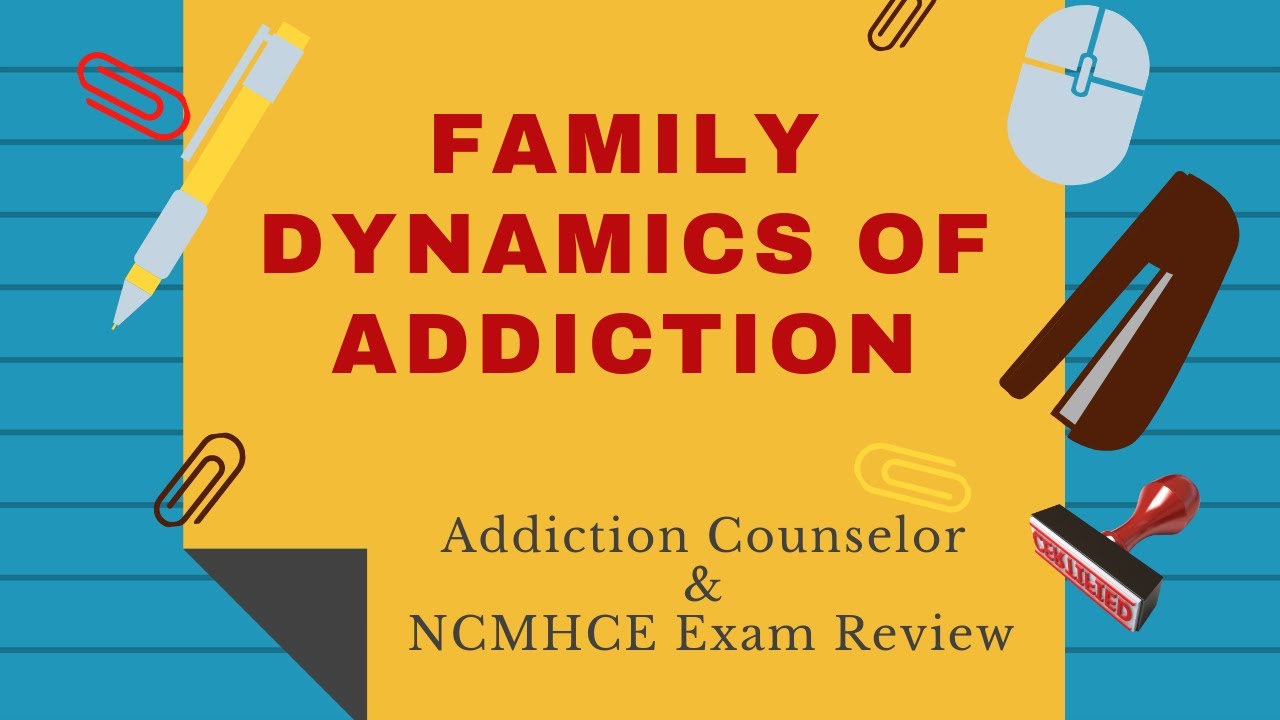
How does addiction affect the family dynamics?
Addiction throws a wrench in family dynamics, leading to trust issues, emotional stress, and poor communication. It’s like everyone’s walking on eggshells, unsure how to help or what to do next. Fortunately, treatment programs for the whole family can mend these relationships and put everyone on the path to healing.
What are the 5 causes of family dynamics?
Family dynamics are influenced by a whole bunch of factors, like the ages of family members, how supportive parents are, individual personalities, intergenerational homes, any disabilities, addictions, divorce, past traumas, grief, cultural backgrounds, gender roles, and even family traditions.
What are the family dynamics of alcoholism?
In families where alcoholism is present, you’ll often see lower levels of togetherness and less focus on intellectual or cultural activities. Recreational fun and independence take a backseat, while conflict skyrockets. Children might find themselves feeling distant from other family members, who might not communicate much.
What are three codependent behaviors in families with addiction?
In families dealing with addiction, codependent behaviors pop up, like putting the addict’s needs above their own, denying or minimizing the addiction problem, and taking on responsibilities that the addicted member should handle. It’s a way of enabling without even realizing it.
What is the family model of addiction?
The family model of addiction sees addiction as something that affects everyone, not just the person using substances. It involves understanding how family dynamics contribute to the addiction and how everyone can support recovery. It’s a team effort where everyone plays a crucial role.
What is the power of family in addiction recovery?
Family plays a massive role in addiction recovery by offering emotional support, creating a stable environment, and participating in therapy sessions. Their involvement can provide the foundation needed for lasting recovery and healing for everyone involved.
What are toxic family dynamics?
Toxic family dynamics are characterized by harmful patterns like constant criticism, manipulation, lack of support, and emotional abuse. These behaviors can make the family environment stressful and unhealthy, complicating any efforts at recovery or building strong relationships.
What is a dysfunctional family dynamics?
Dysfunctional family dynamics occur when unhealthy patterns and behaviors like poor communication, conflict, and lack of emotional support dominate. This often leads to a stressful and unstable home life, making it challenging for any member to thrive or recover from issues like addiction.
What are key family dynamics that lead to unhealthy functioning?
Key family dynamics that can lead to unhealthy functioning include poor communication, lack of empathy, rigid rules, and role confusion. Such dynamics can make it difficult for family members to understand and support each other, exacerbating issues like addiction.
What are the four types of children of alcoholics?
Children of alcoholics often fall into one of four types: the responsible child, who takes on adult responsibilities; the rebellious child, who acts out; the lost child, who isolates and avoids attention; and the mascot, who tries to defuse tension with humor.
What are the four types observed in wives of alcoholics?
In wives of alcoholics, four types are usually observed: the enabler, who supports the alcoholic’s behavior; the co-dependent, who is overly involved in caring for the alcoholic; the hero, who tries to keep everything together; and the scapegoat, who might act out to divert attention.
What are the thinking patterns of an alcoholic person?
Alcoholic thinking patterns often include denial of the problem, rationalizing the addiction, and blaming others for their drinking. They might also display impulsiveness and a strong focus on immediate gratification over long-term consequences.
What are the three types of addicts?
There are three main types of addicts: recreational users who escalate to dependency, those with mental health issues who use substances to self-medicate, and chronic users who have developed a strong, long-term addiction.
What is the scapegoat in addiction?
The scapegoat in addiction is often a family member, usually a child or sibling, who gets blamed for various family issues. This person might act out or rebel, as a way of diverting attention from the addict’s problems or due to the emotional stress they are under.
What are 3 personality traits that are closely related to addiction?
Three personality traits closely related to addiction are impulsivity, the need for instant gratification, and difficulty managing stress. These traits can make it hard for someone to resist the lure of substances and maintain healthy coping mechanisms.
What are the dynamics of addiction?
The dynamics of addiction involve a complex mix of emotional turmoil, strained relationships, and poor communication. Addiction can create cycles of guilt, blame, and enabling behavior that affect everyone in the family unit.
What are the effects of drug abuse on families?
Drug abuse affects families by leading to broken trust, frequent conflicts, and emotional distance. Family members often feel overwhelmed and uncertain about how to support their loved one without enabling their addiction.
What are the factors affecting drug abuse in the family?
Factors affecting drug abuse in a family include family history of addiction, traumatic experiences, mental health issues, and the overall family environment. Stressful or unstable home lives can increase the likelihood of substance abuse.
What is one outcome of addiction and families?
One outcome of addiction in families is the potential for generational cycles of addiction, where children of addicts might develop substance use problems themselves. It also causes long-lasting emotional and relational scars that need comprehensive treatment to heal.



